Among the serene breezes blowing gently from the Taurus mountains, colorful scents of the Mediterranean flora, and soft chanter of merchants during commerce, you are walking through the Upper Agora of Sagalassos. The year is 180 CE, and under the empire of Marcus Aurellius your city is flourishing in Pisidia. As you wander through the Agora, you reach the northern edge where a spectacular nymphaeum lies: the Antonins Fountain.

Vivacious statues of Dionysos and the satyrs surround you, marbles of vibrant colors shine under the morning sun as the flowing water splashes onto them, and the word itself, nymphaeum, deserves its meaning in this settlement: the place where nymphs (water fairies) dance and celebrate. You climb a few steps, entering into this mythical realm, acknowledging the day under the blessed face of Dionysos, and wash your hands.
The Antonins Fountain is perhaps one of the most beautiful sites in Sagalassos, leaving its spectators in awe. The nymphaeum is the form of a theatrical facade, with five greatly sized statues made with fine marble that is believed to have been imported from Aphrodisias.
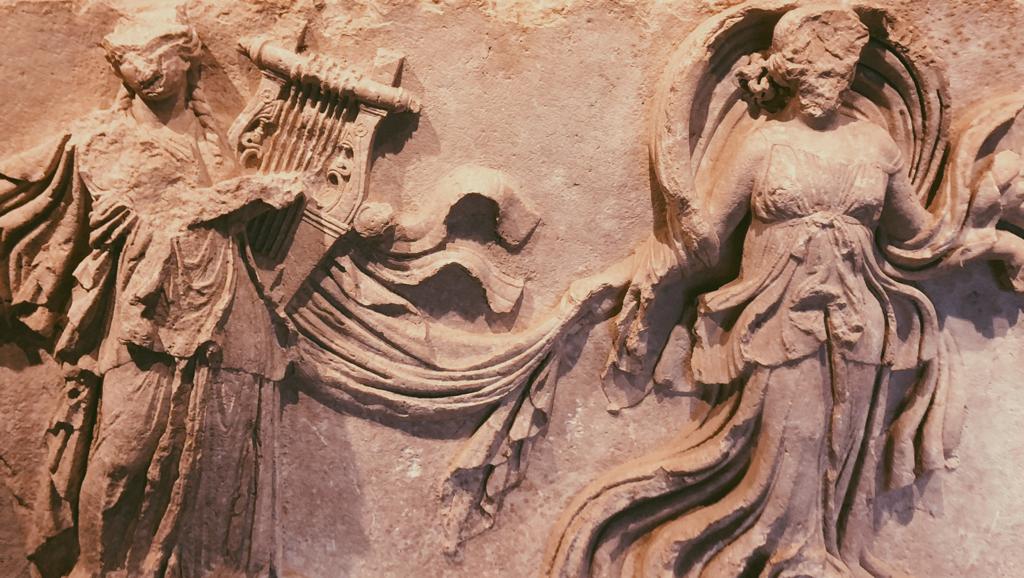
As you travel through Sagalassos, you wander around the Roman ruins that date back to the first and second centuries. However, human life was present in Sagalassos since the sixth millennium BCE, as it was a great place to habit with its limestone sources that could be used in building and sculpting, with its elevation where summers were cool and the rain was present, and with its fertile valleys suitable for agriculture. In summer 2019, I visited Sagalassos under the same breeze and scents that would have been felt twenty centuries ago, looked at the same monuments eyes from centuries ago were also looking at, and walked on the same roads.
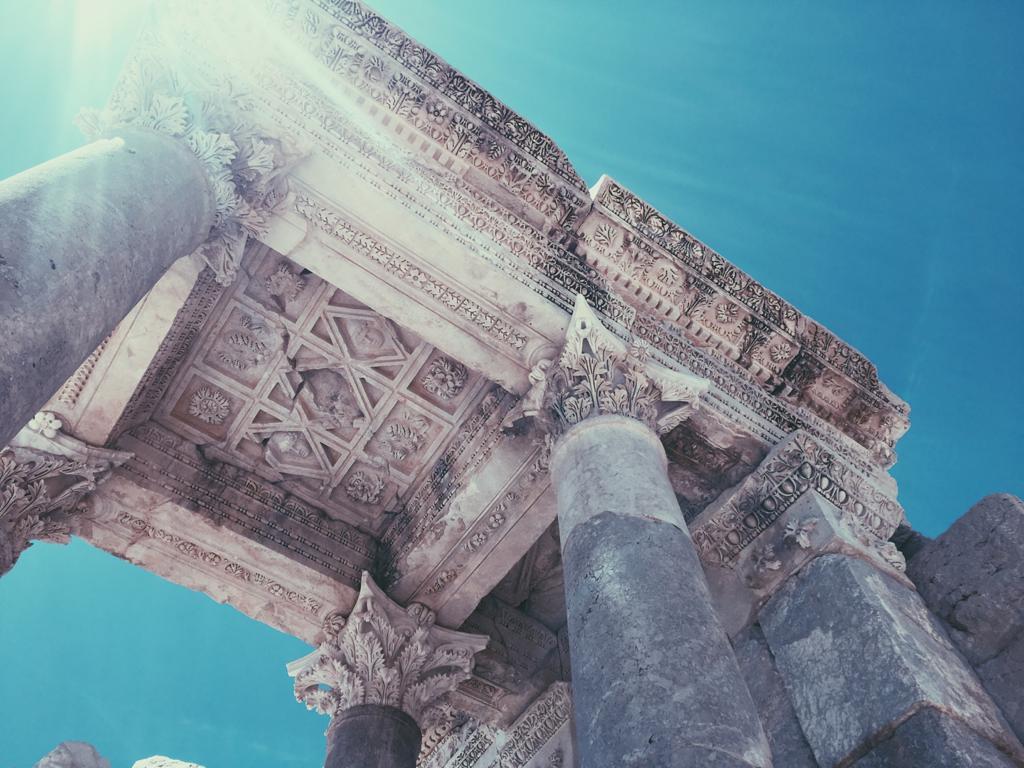
Sagalassos had gained economic momentum when Agustus had paved roads named “Via Sebaste” connecting the city to adjoining districts and other colonies of Pisidia, which resulted in new markets and commerce opportunities. During Agustus’s reign, many other structures were also constructed, including one of my favorite sites, the Northwest Heroon dating back to the 1st century. Heroons are structures that are devoted to a respectable person, in order to honor their accomplishments. This heroon is devoted to Alexander the Great, as the head of a two-meter long statue (which archeologists believe that it belongs to Alexander) was discovered inside the Heroon. On its southeast corner, a poetic frieze of dancing girls is adorned.
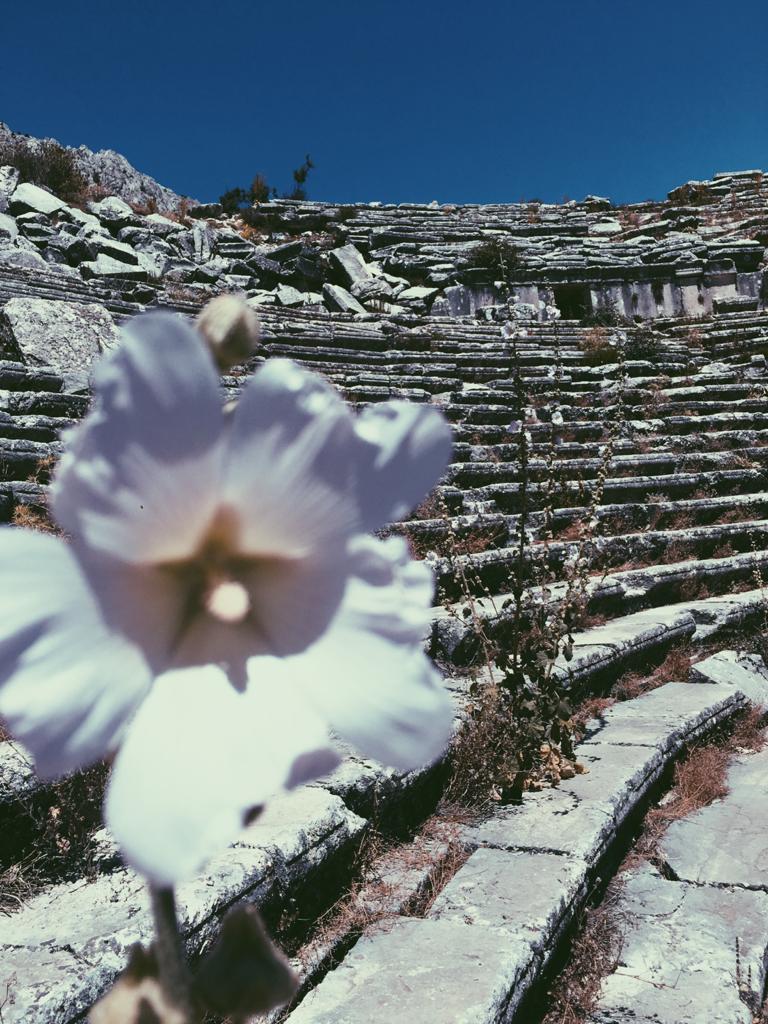
During Hadrian’s reign (early second century CE), the city had reached renewed prosperity; coins and inscriptions belonging to this era indicate that Sagalassos was the capital of Pisidia, which would continue for two centuries. Public baths, temples, and fountains were constructed during this time. A new library and the Antonins Fountain were constructed by a local benefactor named Flavius Severianus Neon. The library can be seen in the path from the Antonins Fountain to the theatre, and it is quite stunning.
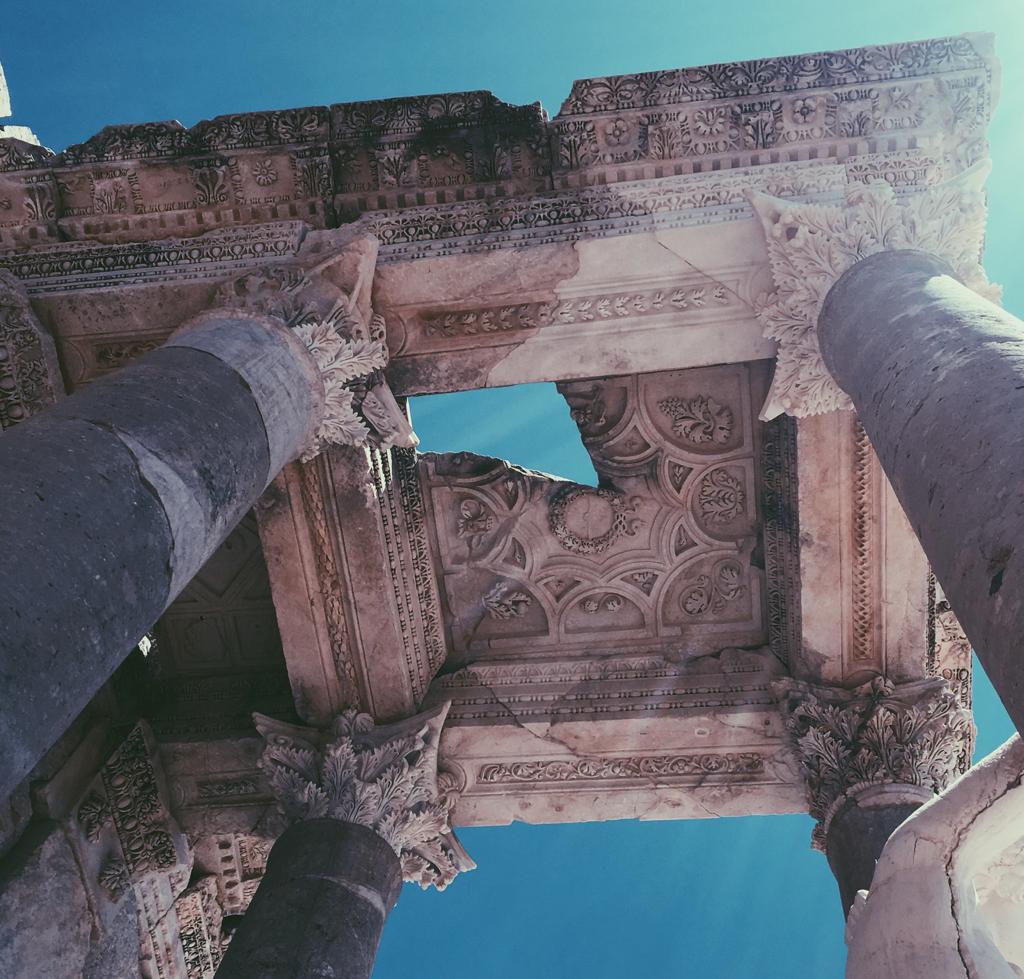
The majority of Sagalassos is discovered by the archeologist Marc Waelkens, who has been directing excavations in Sagalassos ever since 1990. If you are in southern Turkey, don’t leave before visiting this Roman realm.
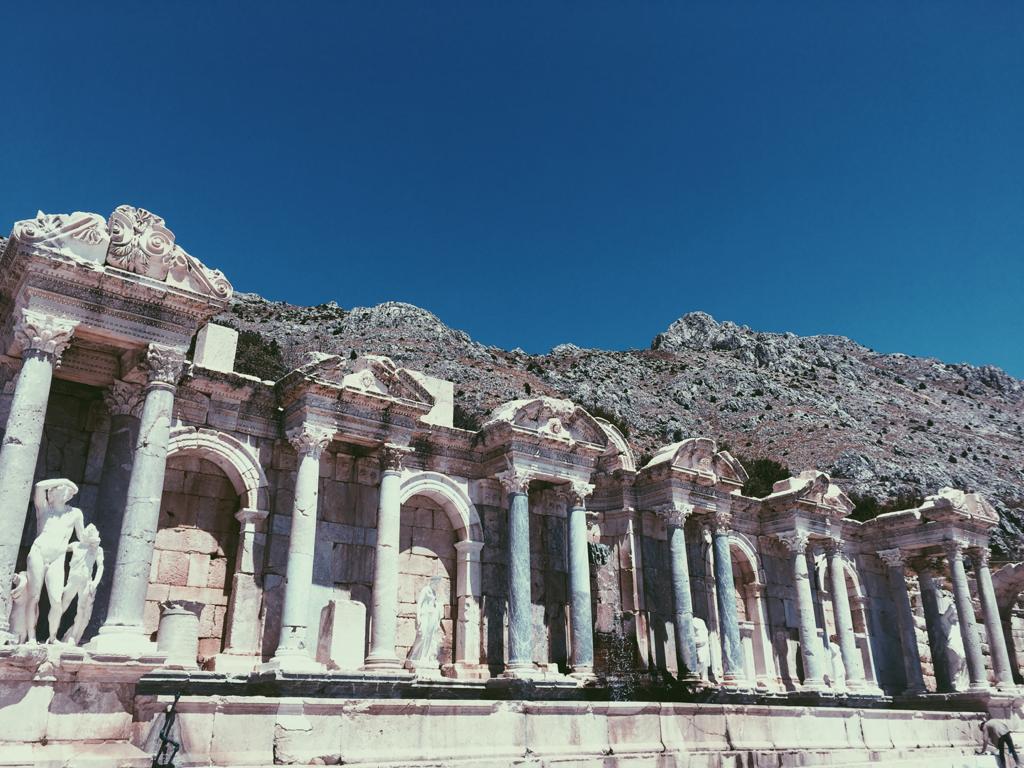
Photographs by Lara Seyahi
Edited by Nur Güzeldere

Great article and beautiful pics. Well done!